***VI. Resource Sharing Systems
In order to track work generated, scouted, and recommended by the Artistic Caucus, the theatres needed to create a shared information system integrated with an efficient, accessible documentation process.
The Database
The Cuatro contracted creative producer Sophie Blumberg in January 2022 to create an Airtable database. (Most of the theatres already used the platform for literary management.) While the database would initially be separate, the Cuatro wanted to eventually incorporate the data into each institution’s Airtable, creating a reciprocal flow of information and avoiding duplicate work.
One of the highest design priorities was a range of data exportation options to serve all four theatres, as well as the idiosyncratic needs of their artistic directors. The Cuatro wanted to visibly communicate the volume and variety of work under consideration, while also easily isolating data for specific inquiries. In addition to creating custom reports, the database was also designed to generate automated email digests summarizing recent data additions.
The first draft of the database was finished in April. The Caucus tested and troubleshot the evaluation submission process. They raised important confidentiality questions: would their internal notes and observations be available for future Caucus members to read? What would happen if an artist stumbled across old reports reviewing their work? To protect the integrity of the Caucus’ work, it was decided that future members would not have access to past evaluations.
As the database arrived relatively late in the Caucus’ tenure, there wasn’t adequate time for training or meaningful implementation into their reporting process. Harnessing its untapped potential and integration into each theatre’s existing tracking systems will be a focus of the program’s second year.
The Documentation
As the database’s design and functionality took shape, the Caucus and the Cuatro worked through the knotty documentation process.
At the start of the program, Caucus members recorded their scouting experiences using a Google form. But as the year went on, writing formal reports became an administrative burden. There were concerns that the time-consuming activity fell outside the Caucus’ weekly 10-hour commitment. Some Caucus members also expressed that a writing-heavy evaluation process was inaccessible and at odds with the initiative’s stated interest in “decentering the written word,” as people process and convey information in a variety of ways, including but not exclusively through writing.
The Cuatro and the Caucus both desired an efficient but accommodating system to record essential information, respect time, and foreground accessibility while recognizing the existing bandwidth strains on both parties. Mansoor proposed rotating live note-taking during the biweekly meetings: as Caucus members pitched artists or shared reflections, another member would capture the information. This allowed the Caucus to equitably share documentation responsibilities and reduce their report-writing time outside of meetings.
***VII. First Year Learnings
- This Is a Long Game
A massive component of institutional artistic planning is building long-term relationships. Season planning can feel like a sprint, but it’s really a marathon, nurturing collaborations that may take years to bloom. The Artistic Caucus created a space adjacent to but separate from the annual mad dash to season announcement, focusing instead on planting seeds for the future. The program’s impact was about creating possibility and creative longevity, brokering introductions with a veritable trove of under-the-radar artists across the country. It reframed season planning as its own valuable generative process.
- Disruption via Expansion
Creating a new avenue for independent artists to pitch projects expanded each theatre’s relational circles. Bypassing agents and the usual pipeline of New York and festival exports diversified the range of work under consideration. The program was also an experiment in creating ongoing, paid work for freelance artists at institutions. Several Caucus members noted the compensation was a boon for their finances and artistry, alleviating stress over living expenses and enabling their creative work. And while the crux of Caucus activities revolved around advocacy and deep-thinking, the program allowed these artists to build their own individual relationships with the theatres as artists. (One artistic director commented, near the end of the program, that they were ready to work more deeply with each Caucus member and that these connections were the initiative’s greatest success.)
The program purposefully centered the artists’ experience, but the theatres needed time to identify and articulate their goals for the Caucus in terms of duties and deliverables.
3. Bandwidth Struggle Is Real
Creating, managing, and participating in the Artistic Caucus was a labor-intensive process. All parties often remarked they were “building the plane as they were flying it,” which required additional agility.
The combination of onboarding, constant agenda planning and goal-setting, and the flexibility needed to rework policies, required significant investment from the Cuatro. They acknowledged that setting expectations early, especially around administrative responsibilities, was necessary for future Caucus iterations. There were also several components of the program—the database training and incorporation, integrating script reading into the Caucus’ work—that weren’t activated due to scheduling and bandwidth.
The Caucus members also faced time constraints. As the year progressed, Caucus attendance at biweekly meetings decreased due to various conflicts. (The biweeklys were scheduled on Friday afternoons; travel logistics and rehearsal schedules made achieving quorum difficult, which led to less dynamic meetings.) Some members noted that generating reports felt like it was about hitting quotas; simultaneously, there was a real need and desire among the Cuatro to retain information and archive the Caucus’ work.
Capacity issues complicated the feedback process. The Caucus didn’t always receive responses on their reports or pitches, due to the jam-packed schedules of the Cuatro and artistic directors. Creating a sustainable communication loop was an acknowledged area for improvement.
4. Flexibility First
Flexibility defines reinvention: a rare—and rarely achieved—quality among American theatres. The Artistic Caucus experiment required constant modification as the parties identified problems, brainstormed solutions, then piloted new ideas. The program purposefully centered the artists’ experience, but the theatres needed time to identify and articulate their goals for the Caucus in terms of duties and deliverables. After all, institutional initiatives, like new plays, require their own development process.
5. Creating Spaces to Dream and Connect
One of the great ironies of working on an artistic staff is how prioritizing open-ended conversations about theatre can feel indulgent, even irresponsible, amid the season planning crises, back-to-back meetings, and day-to-day emergencies. But as the Caucus found, dedicating time to dream, riff, and bond is crucial for collaboration and interconnection. (The Cuatro learned that maintaining that reflective space required rigor and thoughtful facilitation; one Caucus member noted that early group discussions about field-wide issues often veered into venting sessions, rather than creative strategizing.)
The program also deepened the Cuatro’s relationship, as they found solidarity and support with their institutional counterparts. Summit scheduling was a headache, but each artistic director was visibly grateful and excited to have meaningful face time with the Caucus. For most artistic leaders, fundraising, board-wrangling, and institutional profile-raising often take precedent over actual art-making. (Some members of the artistic director cohort were also combating intense racism from various organizational stakeholders.) As one artistic director commented, “You can think abundantly when you’re not constantly embattled.” The four summits provided a space detached from crisis mode, creating deeply dedicated time to connect with artists outside their usual orbit and articulate their long-term dreams for their organizations.
***VIII. Going Forward: The Second Year
The Cuatro pitched a radical reinvention of the program for its second year. Instead of one collective Artistic Caucus, it would be split into two groups: Readers and the Think Tank. In the job posting, these new positions were described as such:
- Each theater will hire two Artistic Caucus Readers (for a total group of 8). Readers will be responsible for reading and evaluating new work (plays, music, proposals for devised pieces, and more) from all four theaters, and the resulting reports will be shared among the theaters. We see this shared system as a way to disrupt the [gatekeeping] that so often happens across the field.
- The theaters will jointly hire a pool of 5 Artistic Caucus Think Tank members. These Think Tank members will be called upon on an as-needed basis by any of the 4 theaters’ new work staff for thought partnership, ideation, and artistic planning support. Think Tank members will be freelance artists from a variety of backgrounds, disciplines, and geographies. This group will provide an important range of perspectives and work very collaboratively with all four theaters.
The revised structure embraced the program’s value of creating abundance through opportunity by expanding the number of participants from four to thirteen. The Cuatro also wanted to proactively address the first year’s reticence to report-writing; the expanded number of participants helped to communicate work expectations and ease the individual time commitment at the outset.
Although the compensation was reduced (reflecting the decreased scope of labor), it still aimed to respect participants’ time and expertise. Think Tank members received a $400 retainer for no more than two meetings per month, while Readers received $25 per script report for up to four plays a month and would meet quarterly, allowing more time for meaningful feedback.
One of the inherent ironies of the Artistic Caucus is that it seeks to subvert traditional models, yet its existence relies on a conventional source: multi-year grant funding.
The Cuatro also took measures to reduce their administrative work by hiring a part-time coordinator. Casey Lucero joined in September 2022 to handle payments, meeting note-taking, reader report management, and additional communication support. Other funds were designated for the Cuatro to visit each other’s theatres, to allow the foursome to deepen their working relationships and brainstorm new ways for the four institutions to collaborate.
Two key components of the inaugural Artistic Caucus were de-emphasized for the second year. As the pandemic complicated the inaugural Caucus’ in-person scouting output, this responsibility was shelved to focus on other program areas. The Cuatro also did not plan quarterly summits with the artistic directors—arguably one of the most intellectually valuable and successful elements of the first year. The Cuatro made this change due to both the difficult scheduling logistics of the summits and the desire to experiment with new formats rather than replicate the first-year Caucus structure. Nonetheless, they worried that this shift reinforced gatekeeping and inequitable power dynamics between freelance artists and theatres. The extent of the artistic directors’ direct involvement with the new Caucus members remains an open question. (This is now further complicated by the departures of half of the artistic director cohort: Stephanie Ybarra announced in January 2023 that she would be leaving Baltimore Center Stage for a position with the Mellon Foundation, one of the Artistic Caucus’ primary funders. In April 2023, Hana S. Sharif was named the new artistic director of Arena Stage in Washington, DC.)
One of the inherent ironies of the Artistic Caucus is that it seeks to subvert traditional models, yet its existence relies on a conventional source: multi-year grant funding. The Mellon and Duke foundation support for the Caucus ends in June 2023. The second year’s revisioning will determine which (if any) program elements can be integrated, with the absence of external dedicated funding, into each institution’s budget.
This clash between disruption and sustainability—how to risk and innovate and optimize resources without draining institutional capacity—unfolds as several of the theatres are undergoing seismic change. In addition to Ybarra and Sharif’s exits, Long Wharf recently left its long-time theatre space and adopted an itinerant producing model. As these four companies navigate complex individual evolutions, they’re also discovering what an investment today in large-scale joint projects might yield—and require—tomorrow.

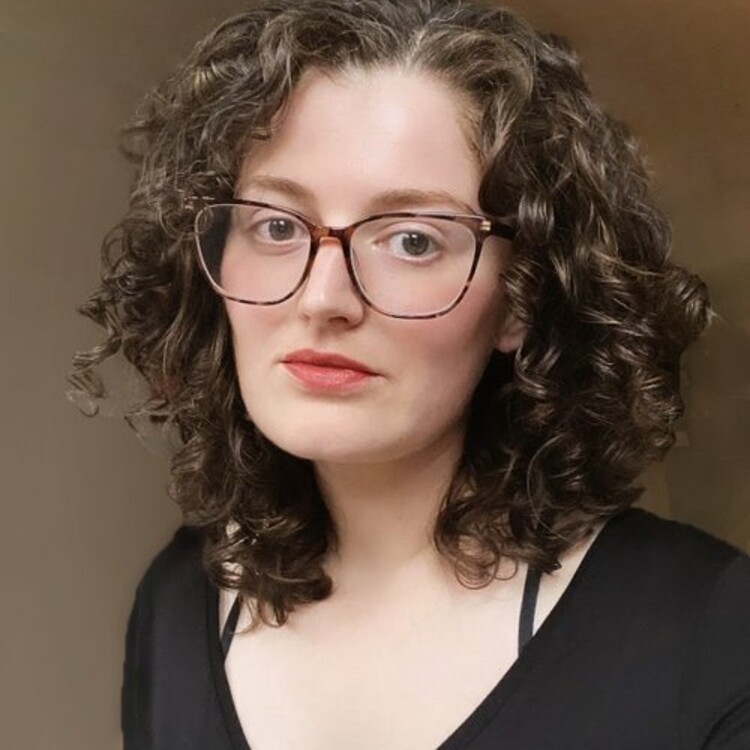
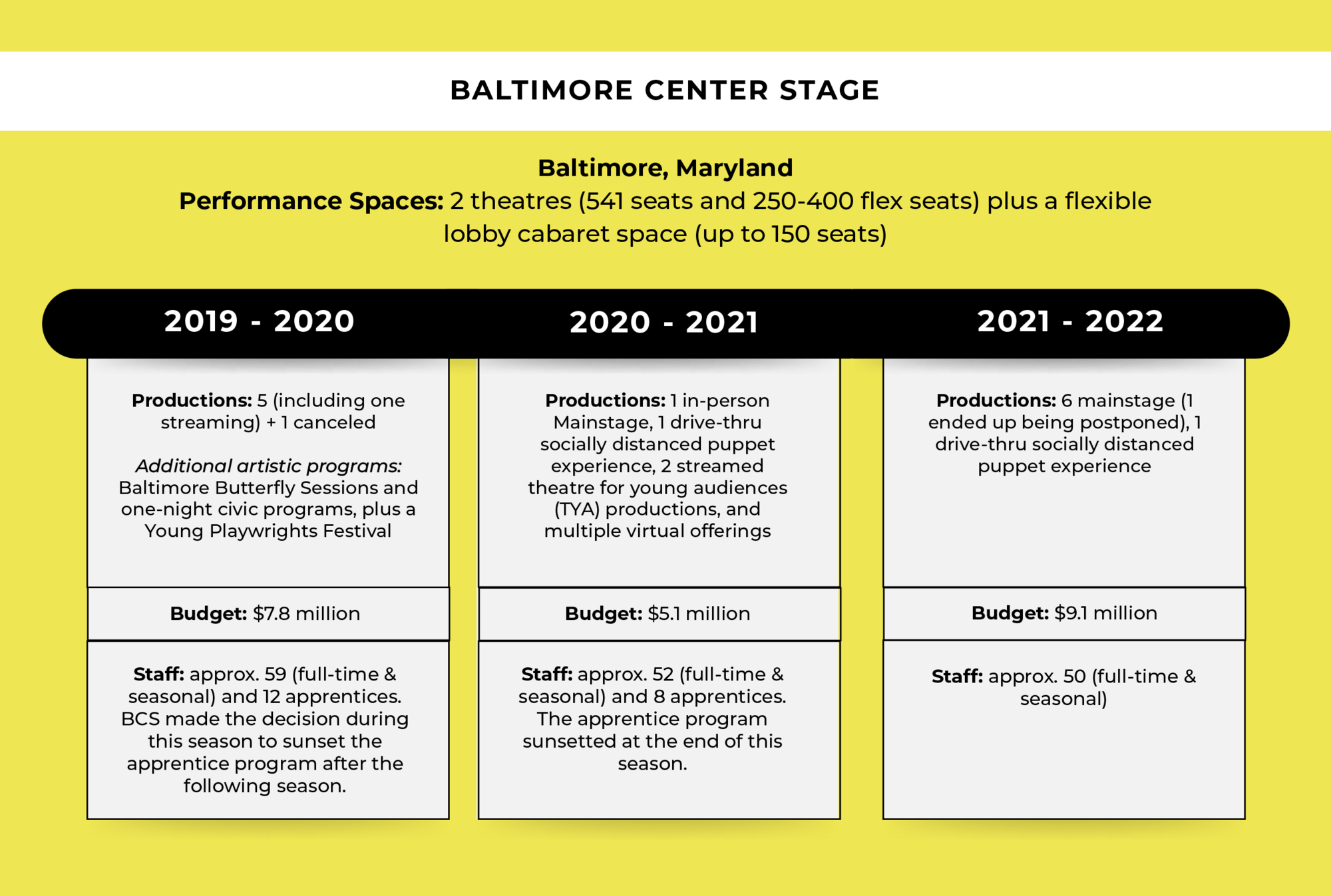
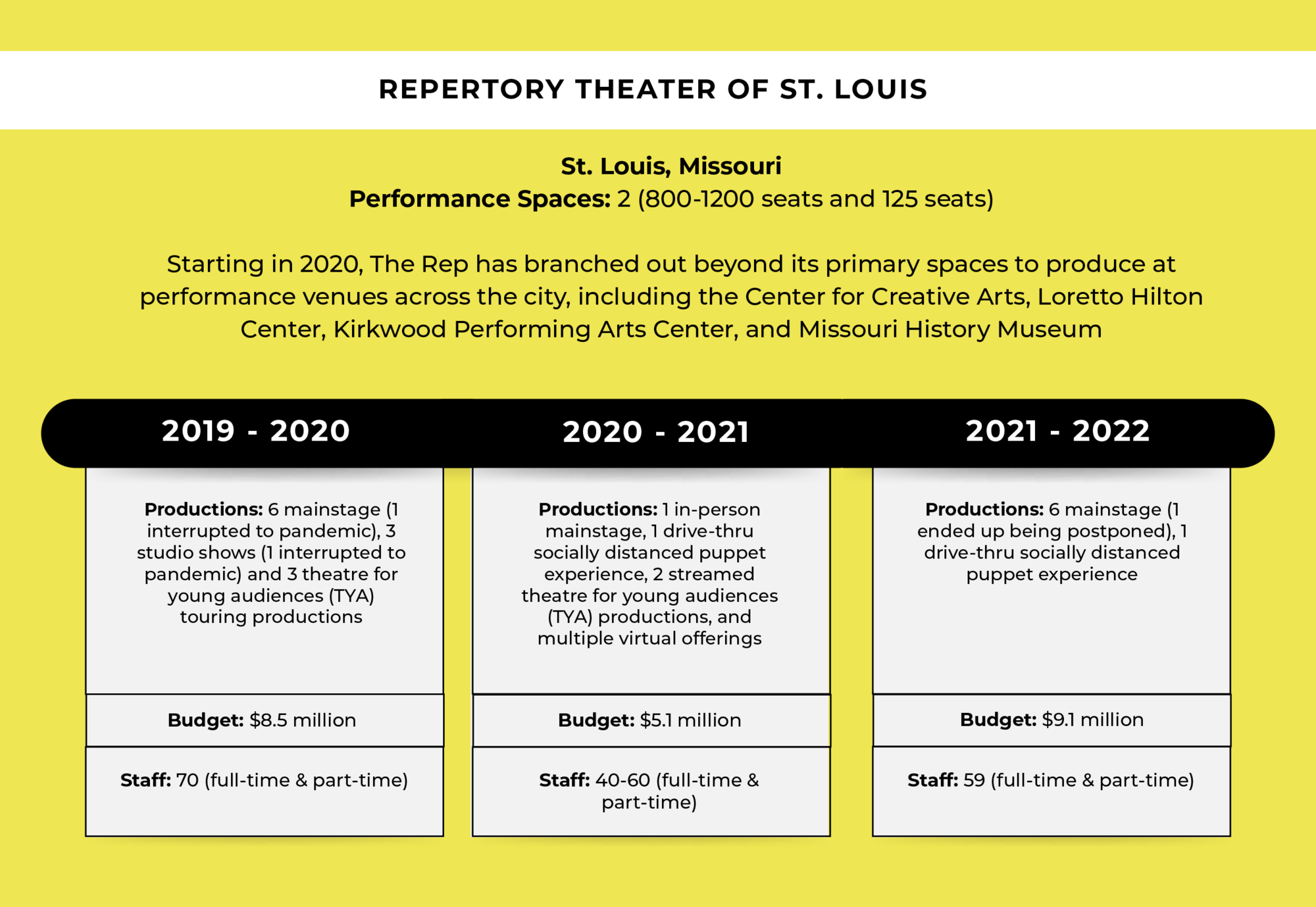
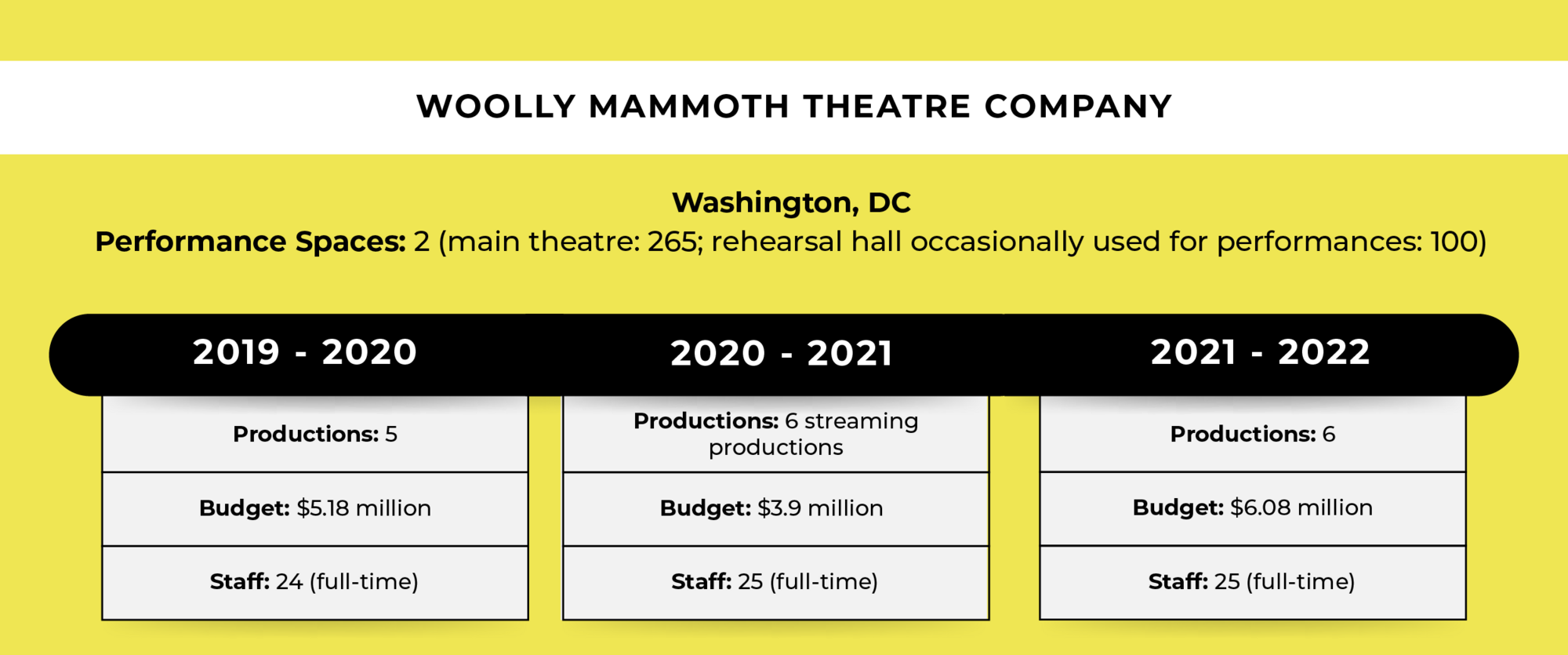

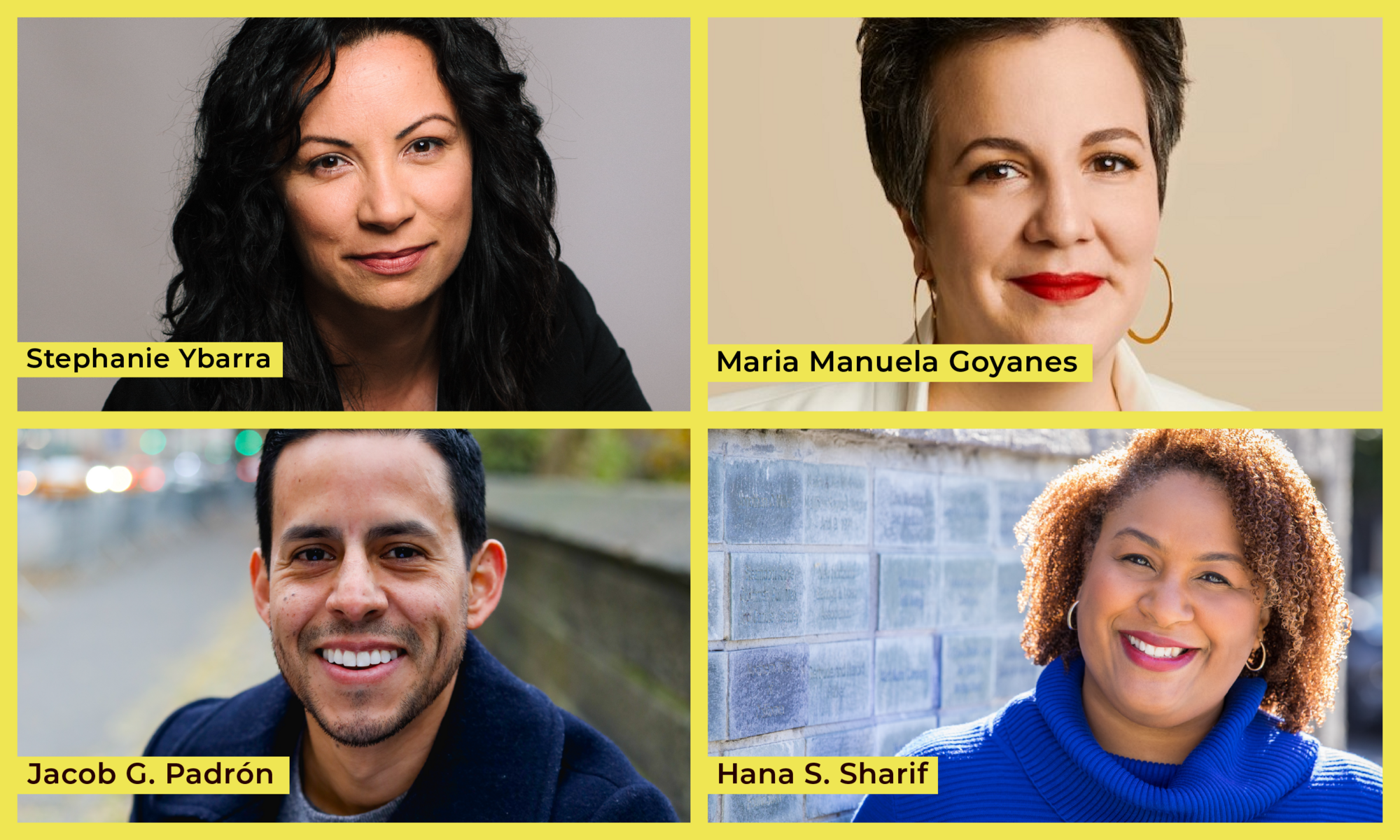
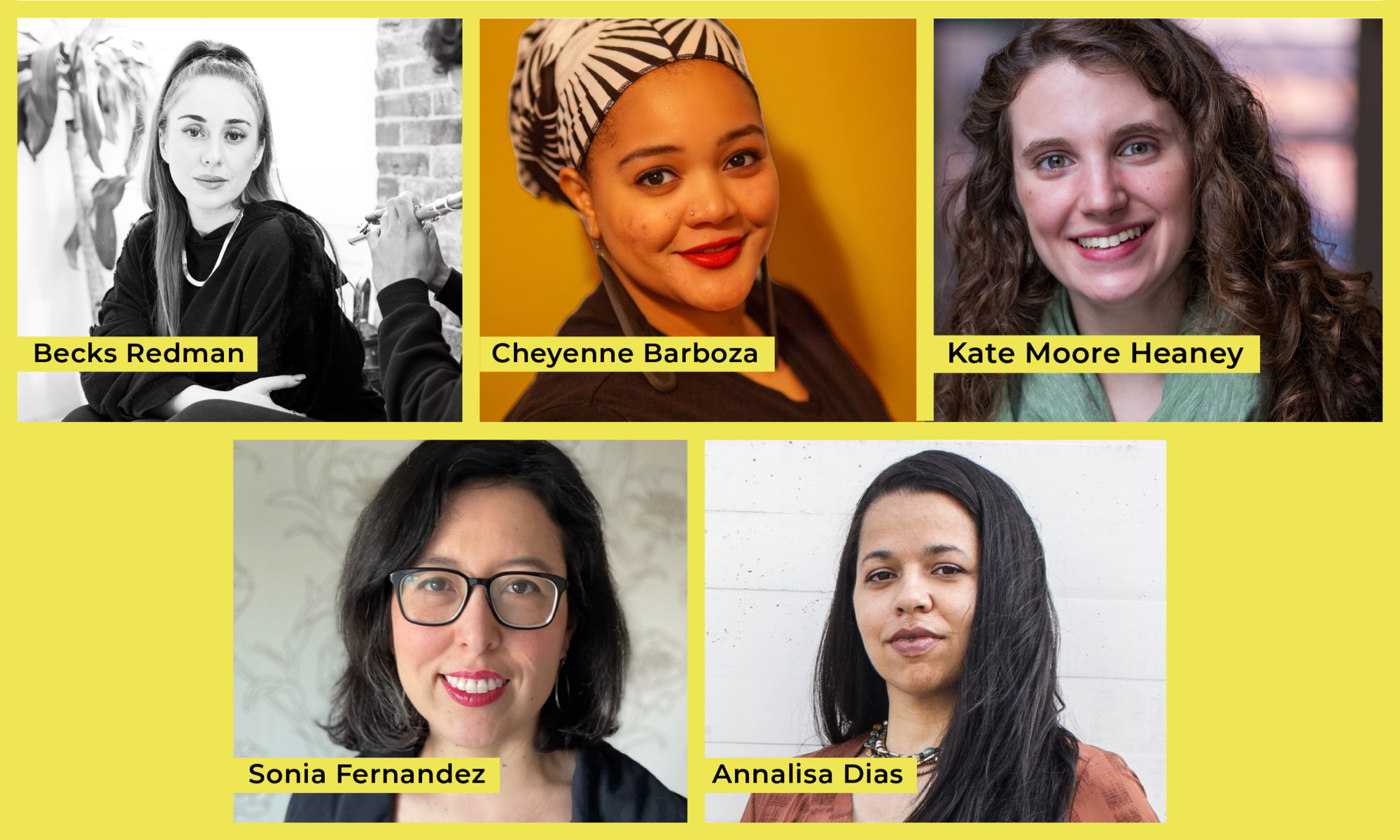
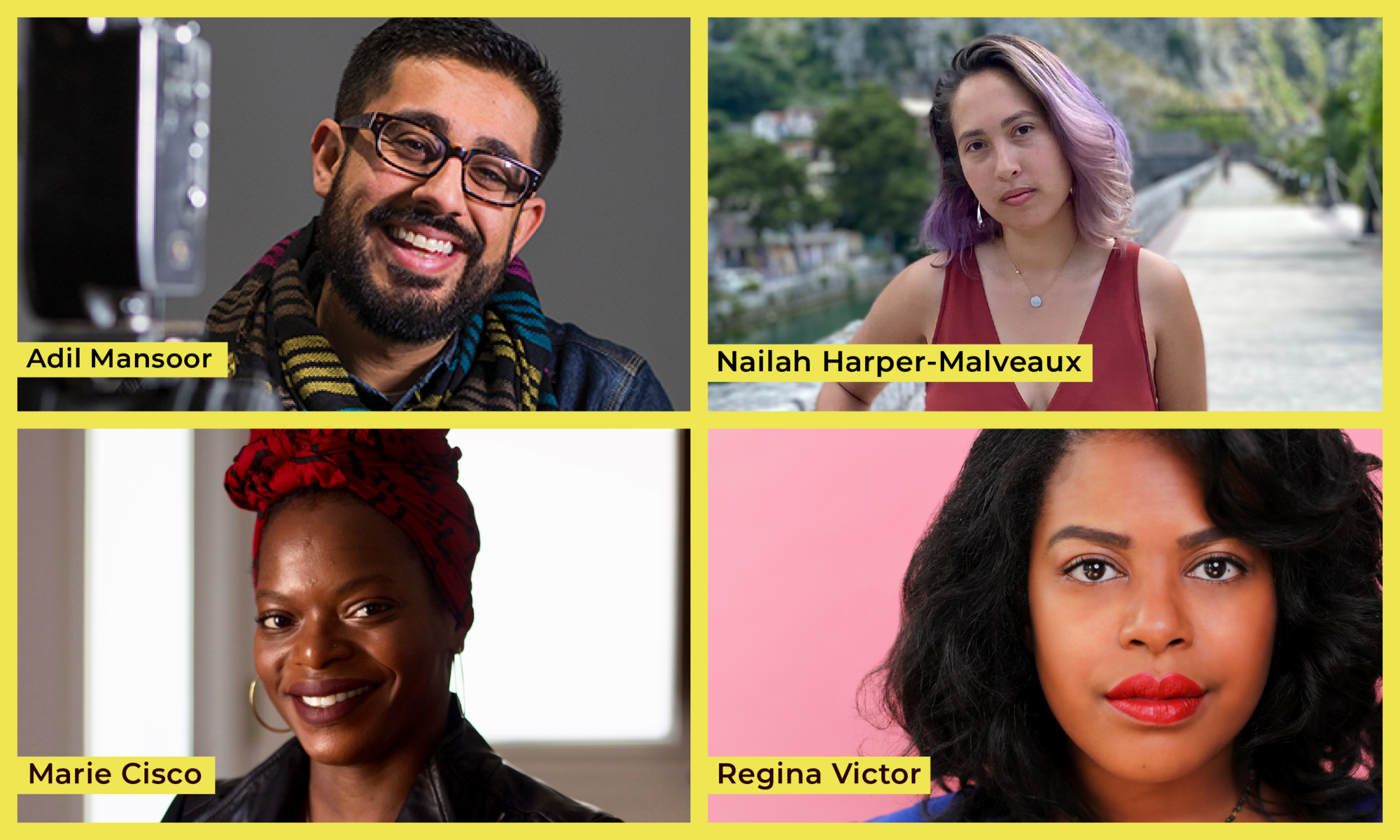

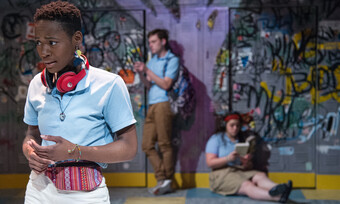


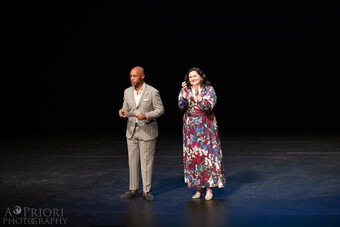


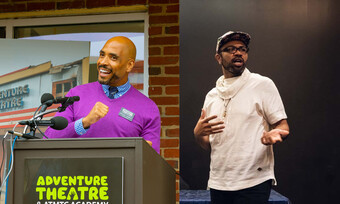
Comments
The article is just the start of the conversation—we want to know what you think about this subject, too! HowlRound is a space for knowledge-sharing, and we welcome spirited, thoughtful, and on-topic dialogue. Find our full comments policy here